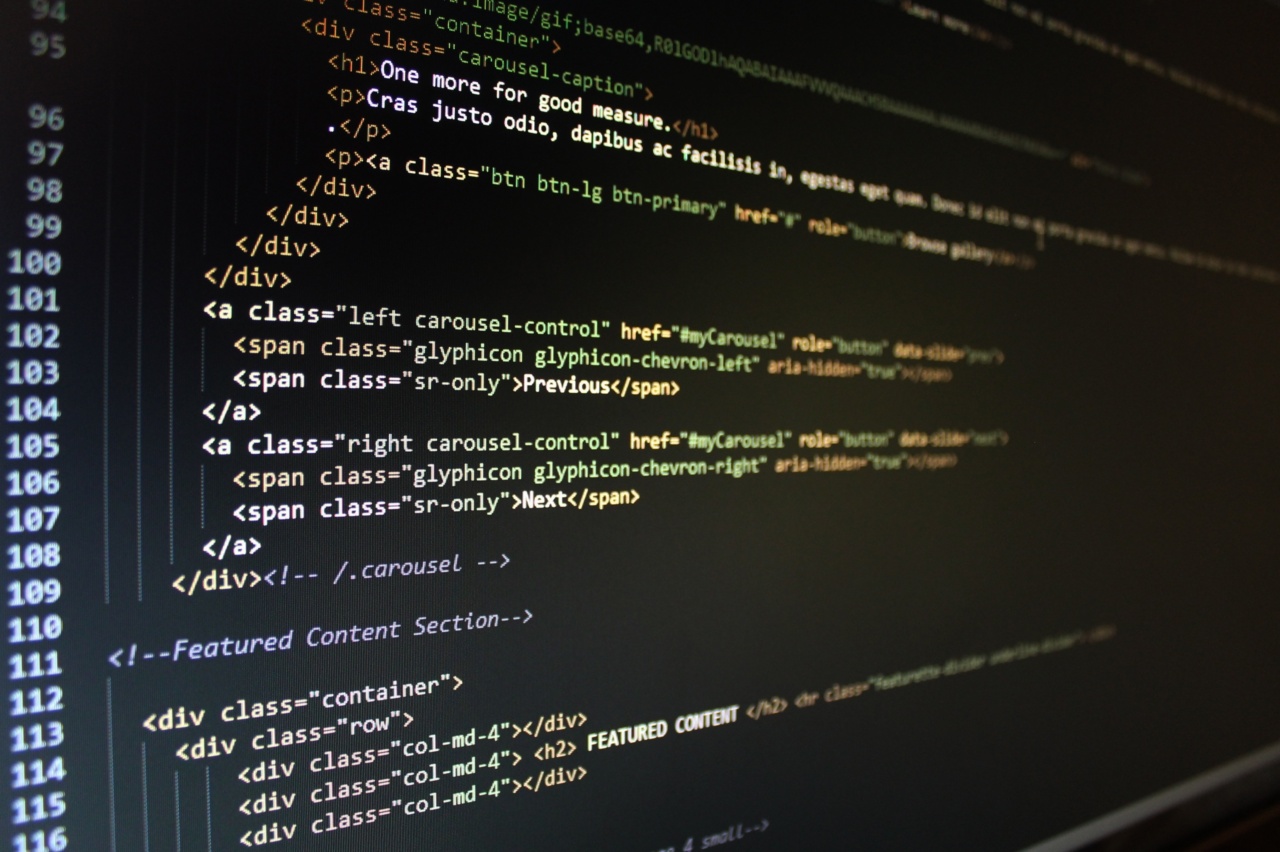Acute kidney damage is a severe condition that can have life-threatening consequences if not detected and treated promptly. Traditionally, physicians rely on blood tests and medical imaging to diagnose this condition.
However, with the advancement of artificial intelligence (AI) technology, new software tools have been developed to provide an early and accurate detection of acute kidney damage.
The Importance of Early Detection
Acute kidney damage, also known as acute kidney injury (AKI), refers to the sudden loss of kidney function. It can occur as a result of various factors, including dehydration, medications, infections, or severe diseases like sepsis.
When left undiagnosed and untreated, AKI can lead to the accumulation of waste products and toxins in the body, causing severe complications such as kidney failure, organ damage, and even death.
Detecting AKI at an early stage is crucial as it enables medical professionals to intervene promptly and prevent further deterioration.
However, traditional diagnostic methods often rely on subjective interpretations and can be time-consuming, leading to delays in early detection and treatment. This is where AI-powered software comes into play.
AI Revolutionizing AKI Diagnosis
By harnessing the power of machine learning and deep neural networks, researchers have developed AI-powered software capable of identifying patterns and anomalies in medical data.
These software tools can analyze various types of data, including laboratory results, vital signs, and medical imaging, to detect signs of acute kidney damage.
One example of such software is the AKI-Detect AI, which has been trained on vast amounts of patient data to recognize AKI-related patterns.
The software analyzes real-time patient data and provides alerts to medical professionals when it detects significant deviations from baseline values or recognized patterns associated with AKI.
The Advantages of AI-Powered AKI Detection
The integration of AI in early AKI detection offers several advantages over traditional diagnostic methods. These include:.
1. Increased Accuracy
AI algorithms have the potential to identify subtle patterns and abnormalities in large datasets that might be missed by human physicians.
By continuously learning and refining their algorithms, AI-powered software can improve its accuracy in detecting AKI and reduce false positive or false negative results.
2. Rapid Detection
AI-powered software can analyze patient data in real-time, allowing for the immediate detection of AKI. This rapid detection enables medical professionals to intervene promptly, potentially preventing further kidney damage and associated complications.
3. Early Intervention
Early detection of AKI allows medical professionals to provide timely intervention and treatment. By identifying AKI at an early stage, healthcare providers can implement strategies to prevent further kidney damage and improve patient outcomes.
4. Personalized Medicine
AI-powered software can analyze vast amounts of patient data to identify individual risk factors and predict the likelihood of developing AKI.
With this information, healthcare providers can tailor treatment plans to each patient’s specific needs, optimizing the chances of a successful recovery.
Challenges and Limitations
While AI-powered AKI detection shows promising results, there are still challenges and limitations that need to be addressed. These include:.
1. Data Quality
The accuracy and reliability of AI algorithms heavily rely on high-quality data. Ensuring the quality, consistency, and integrity of patient data is crucial for the success of AI-powered AKI detection systems.
Data inconsistencies or errors can lead to inaccurate or misleading results.
2. Algorithm Transparency
The complexity of AI algorithms raises concerns about their transparency.
To gain widespread acceptance and trust in the medical community, it is essential for AI-powered software to provide clear explanations and justifications for its decisions and predictions.
3. Ethical Considerations
Implementing AI-powered systems in healthcare requires addressing various ethical considerations. These include data privacy, security, and ensuring that AI algorithms are not biased or discriminatory.
Establishing guidelines and regulations to govern the use of AI in healthcare is vital to ensure patient safety and trust.
Despite these challenges, AI-powered software shows great promise in revolutionizing the early detection of acute kidney damage.
With continued advancements, it has the potential to significantly improve patient outcomes and reduce the burden on healthcare systems globally.
Conclusion
AI-powered software has emerged as a game-changer in the field of acute kidney damage detection.
By harnessing the capabilities of AI and machine learning, these software tools can provide early and accurate diagnoses, enabling medical professionals to intervene promptly and prevent further complications. While challenges remain, with continued research and development, AI-powered AKI detection has the potential to revolutionize healthcare and improve patient outcomes worldwide.




























